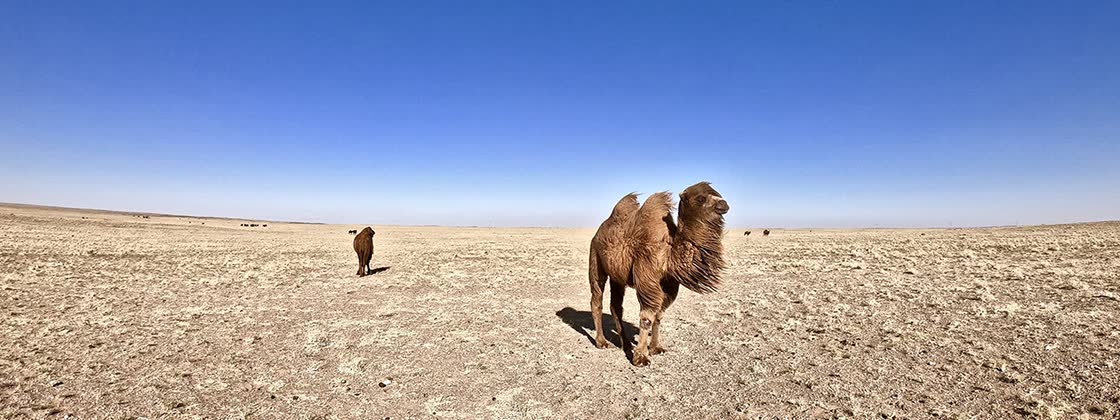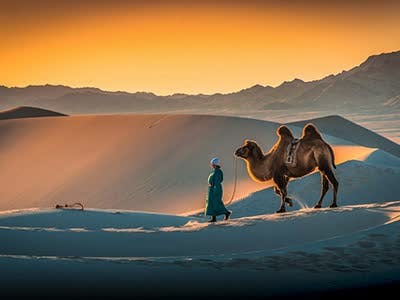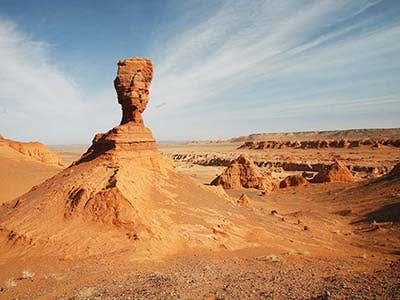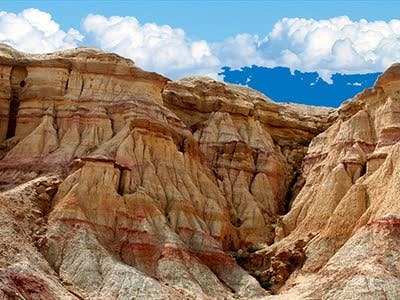Camel herder nomads
ABOUT CAMEL HERDER NOMADS
Visiting camel herder nomads in Mongolia offers a unique cultural experience and an opportunity to witness the traditional nomadic way of life. It provides a deeper understanding of the bond between humans and animals in the challenging desert environment. It is important to approach nomadic communities with respect and an appreciation for their customs and traditions.
Camel herder nomads in Mongolia are a part of the traditional nomadic lifestyle that has been practiced for centuries. Here's some information about camel herder nomads in Mongolia:

- Nomadic Culture: Nomadic herding is deeply rooted in Mongolian culture and has been a way of life for generations. Mongolian nomads primarily raise livestock, including horses, cattle, sheep, and goats. In certain regions, particularly in the Gobi Desert, camel herding is also prevalent.
- Gobi Desert: The Gobi Desert in southern Mongolia is known for its harsh and arid environment, where camel herding thrives. The Bactrian camel, with its two humps, is the common species found in Mongolia. The camel herder nomads rely on their camels for transportation, milk, and meat, adapting to the demanding desert conditions.
- Nomadic Lifestyle: Camel herder nomads lead a semi-nomadic lifestyle, moving their herds across vast stretches of land in search of fresh grazing areas. They live in traditional portable dwellings called gers or yurts, which are easy to assemble and disassemble. Gers are made from felt and provide shelter in various weather conditions.
- Traditional Herding Practices: Camel herder nomads have extensive knowledge and expertise in herding and managing their livestock. They have developed traditional practices for milking camels, processing camel milk into various dairy products, and utilizing camel hair for clothing and other purposes.
- Cultural Significance: Camel herding is not only an economic activity but also holds cultural significance for Mongolian nomads. It is deeply intertwined with their traditions, folklore, and spiritual beliefs. Camels are often considered valuable companions and symbols of resilience in the desert landscape.
- Hospitality and Nomadic Tourism: Many camel herder nomads are open to hosting visitors and offering a glimpse into their traditional way of life. Nomadic tourism has gained popularity, allowing visitors to experience the hospitality, customs, and daily activities of nomadic families. This provides an opportunity to ride camels, taste traditional food, participate in herding activities, and learn about their rich cultural heritage.
- Sustainability and Challenges: Mongolian nomads face challenges in the modern world, including climate change, desertification, and socioeconomic pressures. Efforts are being made to promote sustainable herding practices, protect the fragile ecosystems, and support the livelihoods of camel herder nomads.
RELATED DESTINATIONS
The Khongor Sand Dunes are a remarkable natural wonder in Mongolia, offering visitors the chance to witness the vastness and beauty of the Gobi Desert.
The Khermen Tsav Canyon is a spectacular natural landmark located in the Gobi Desert region of Mongolia. Here's some information about the Khermen Tsav Canyon:
Tsagaan Suvarga is a natural wonder that showcases the power of erosion and the beauty of geological formations. Its unique colors, shapes, and scale make it a must-visit destination for nature enthusiasts and those seeking awe-inspiring landscapes in Mongolia's Gobi Desert region.


